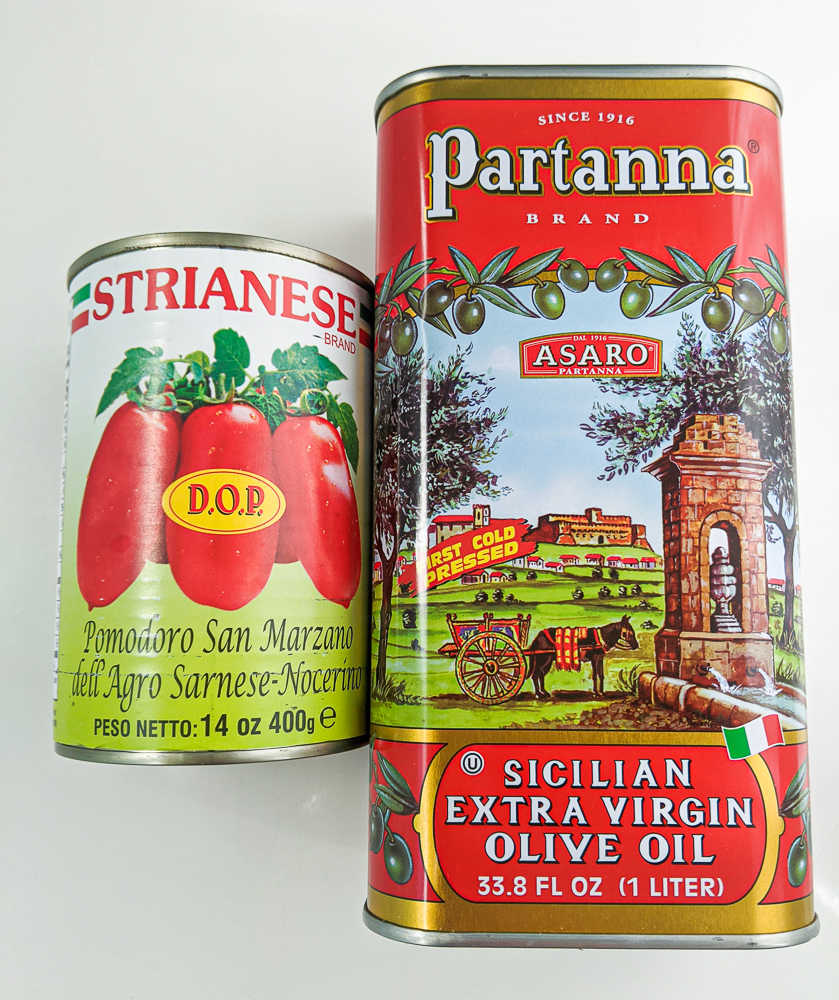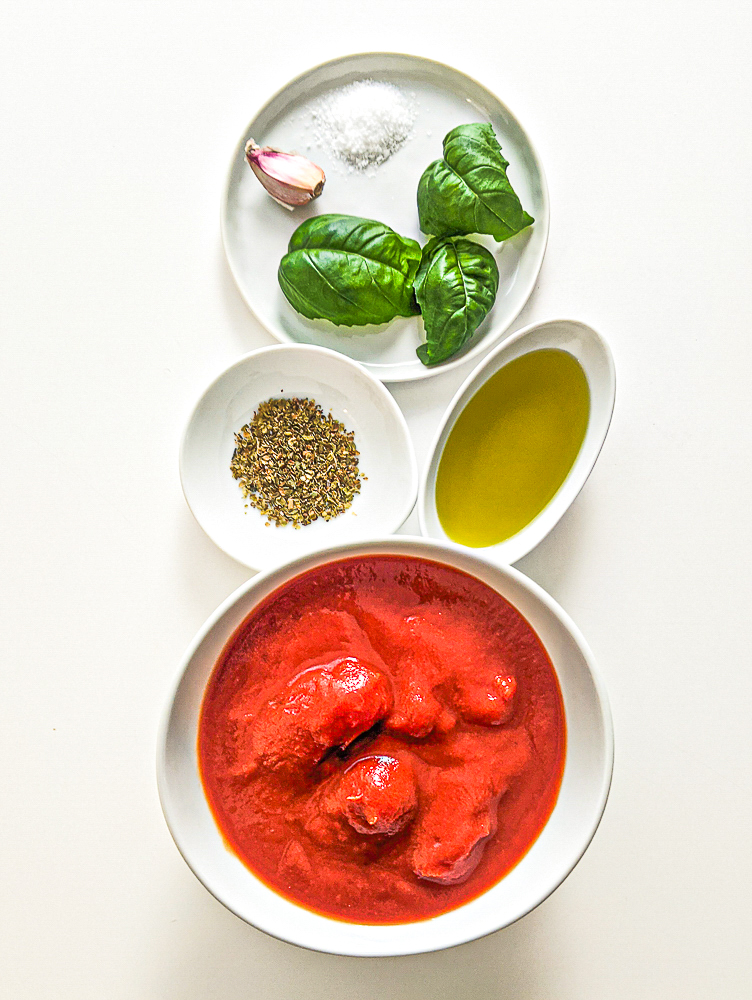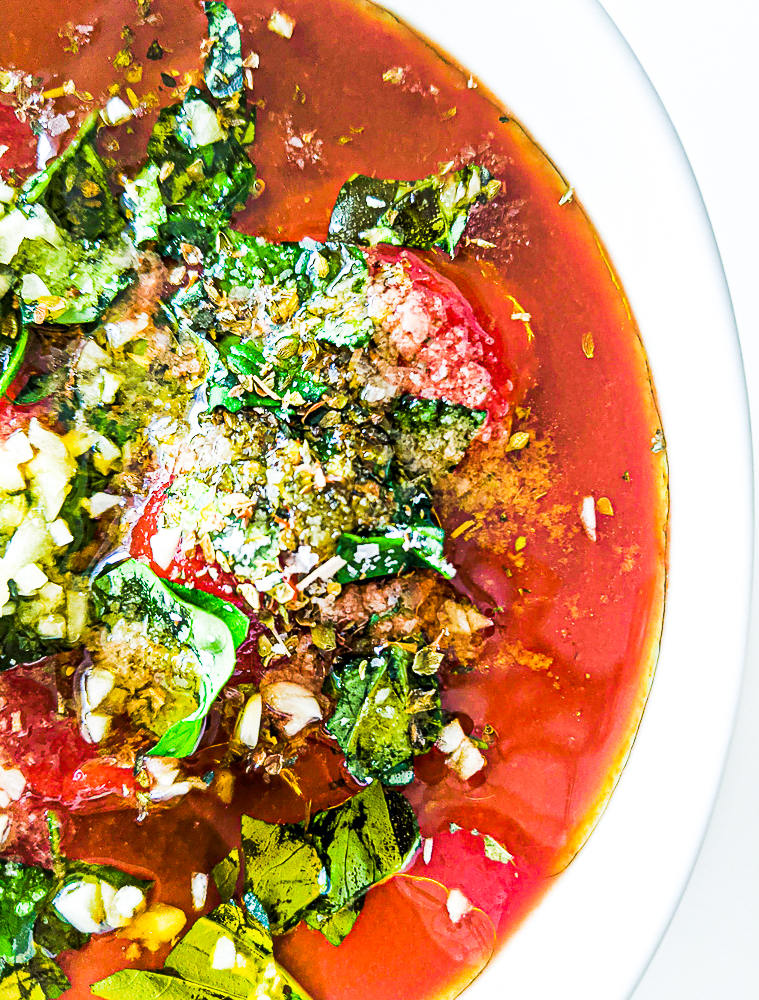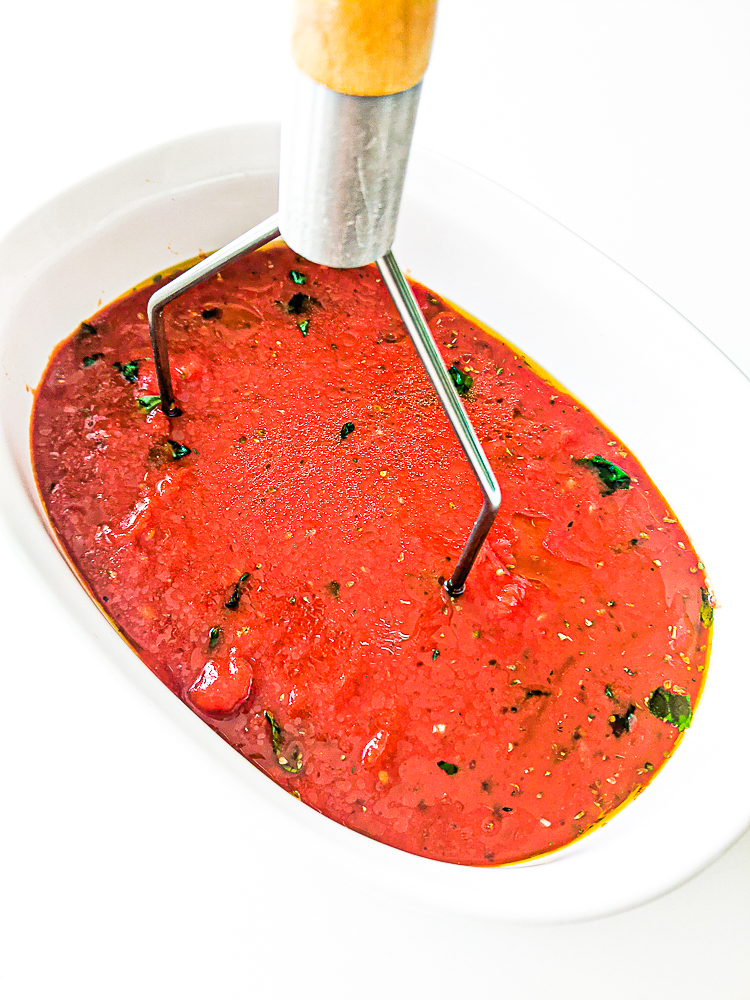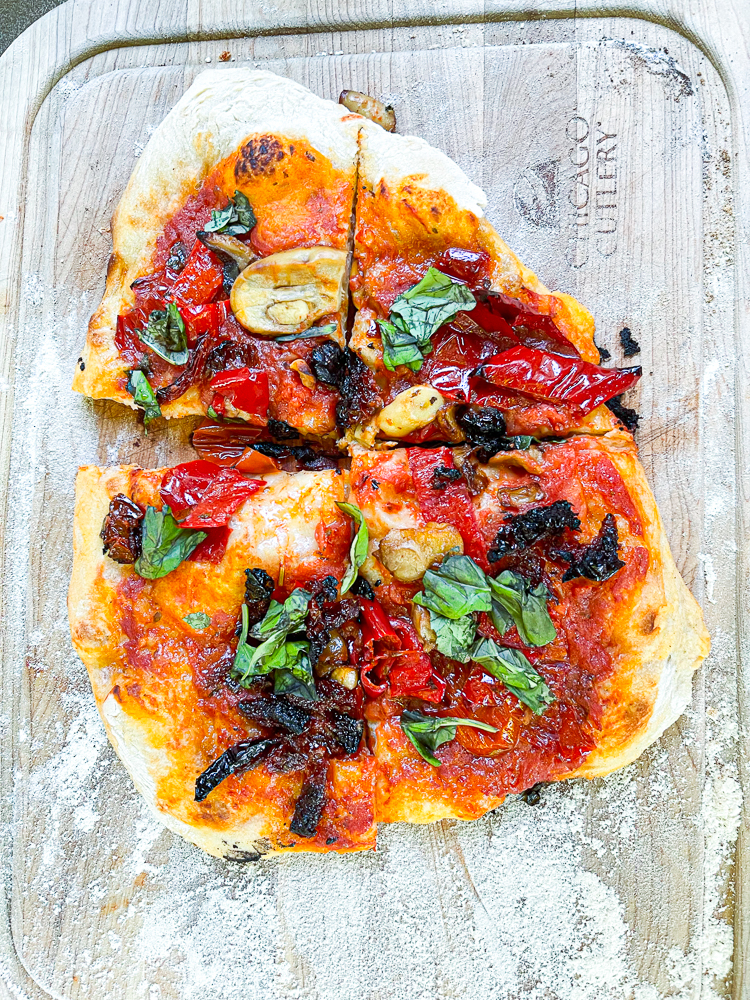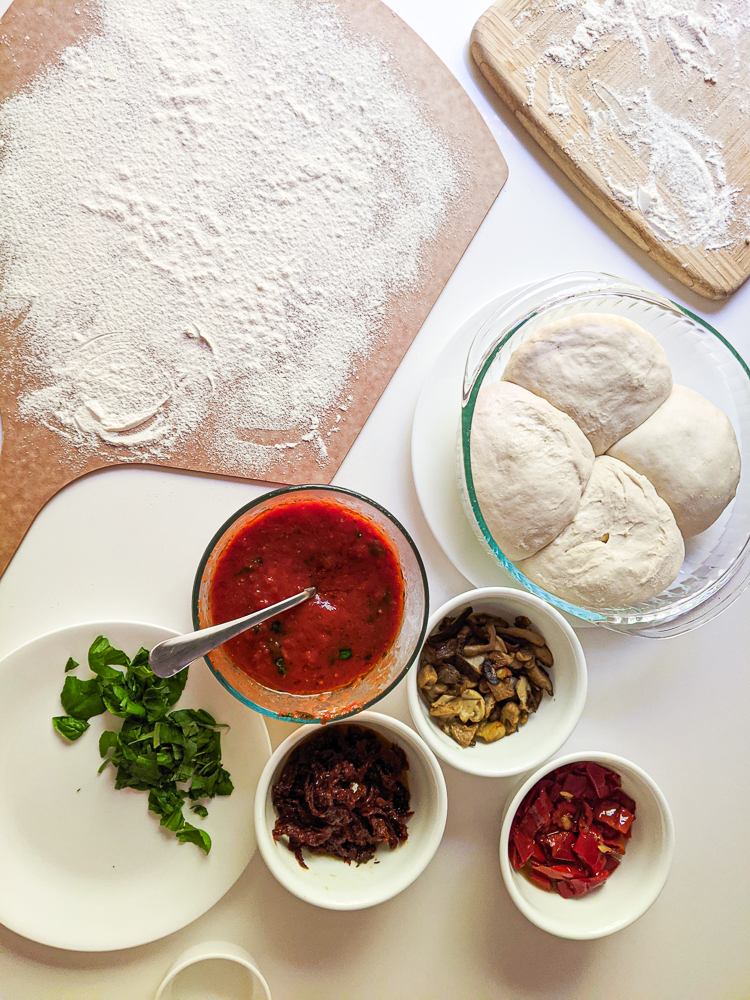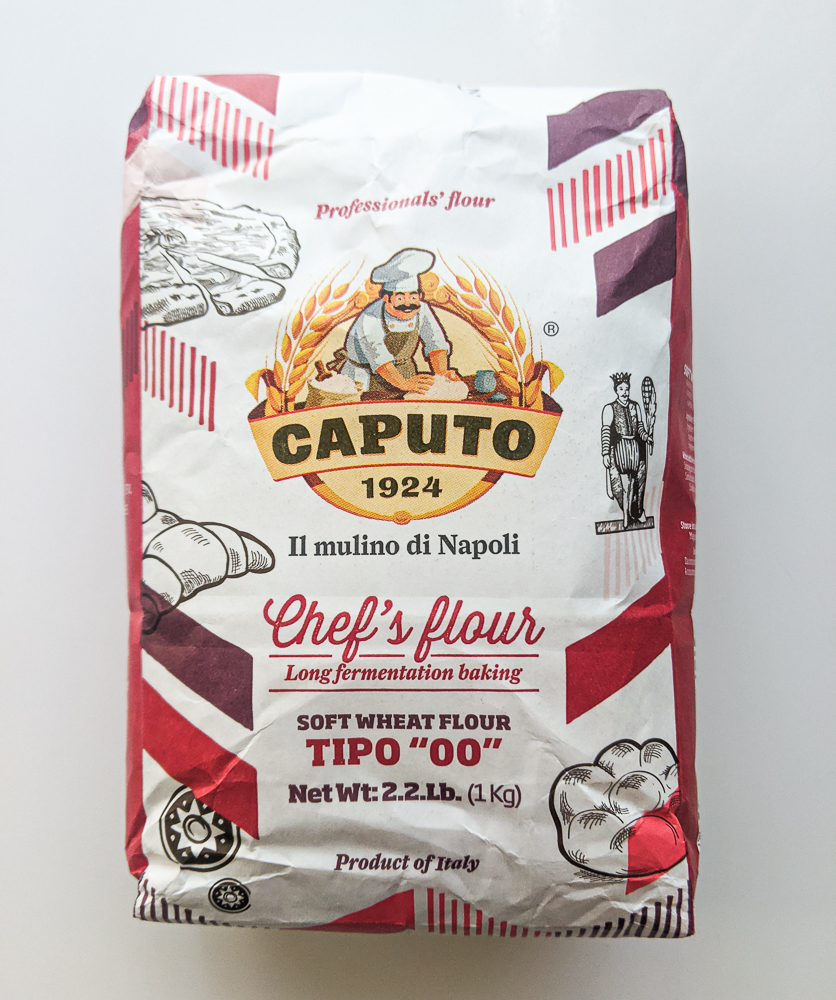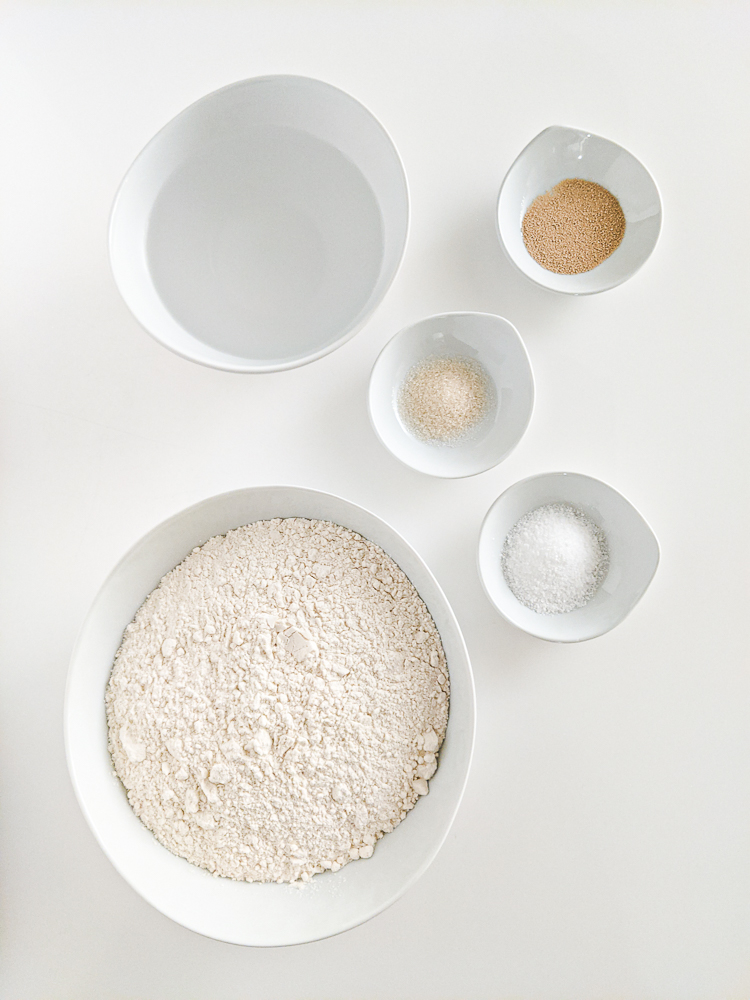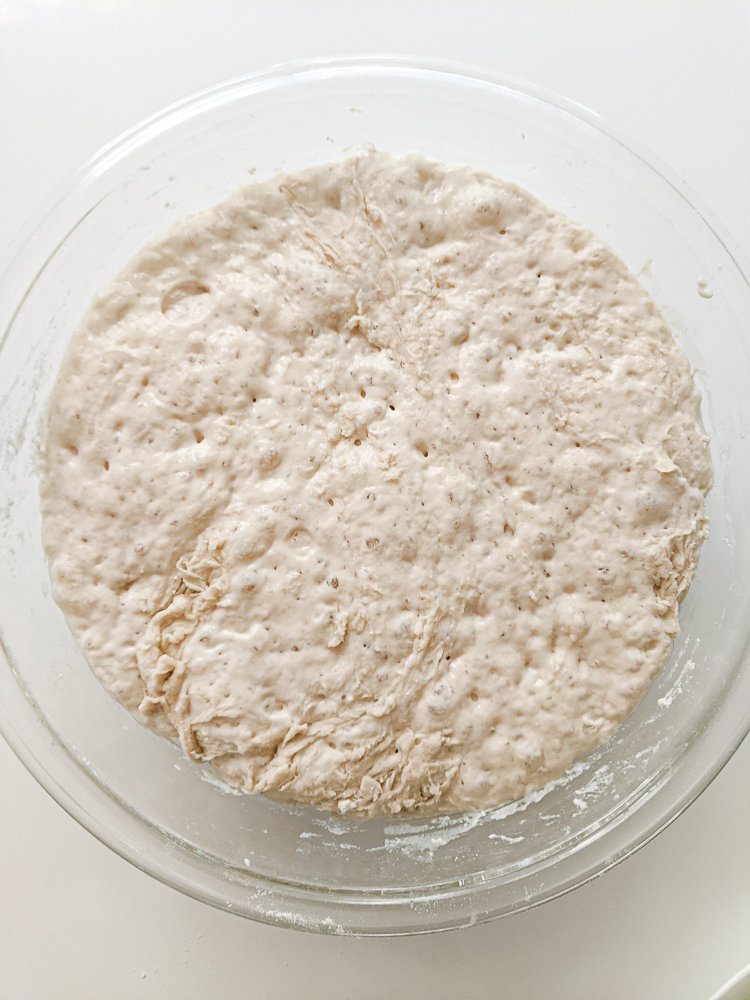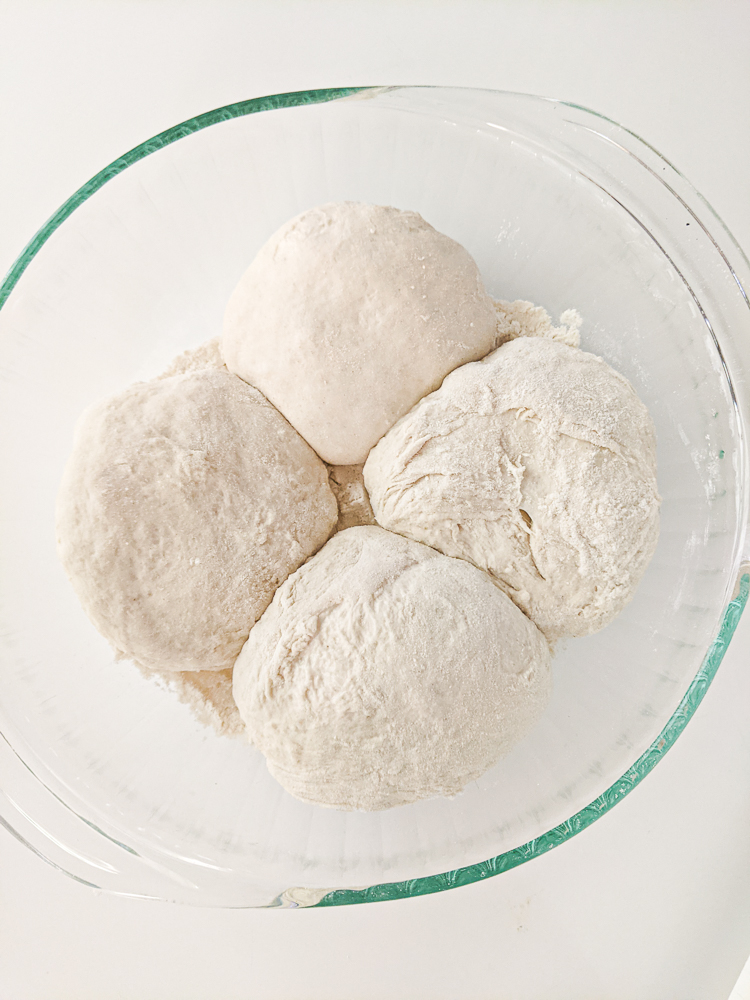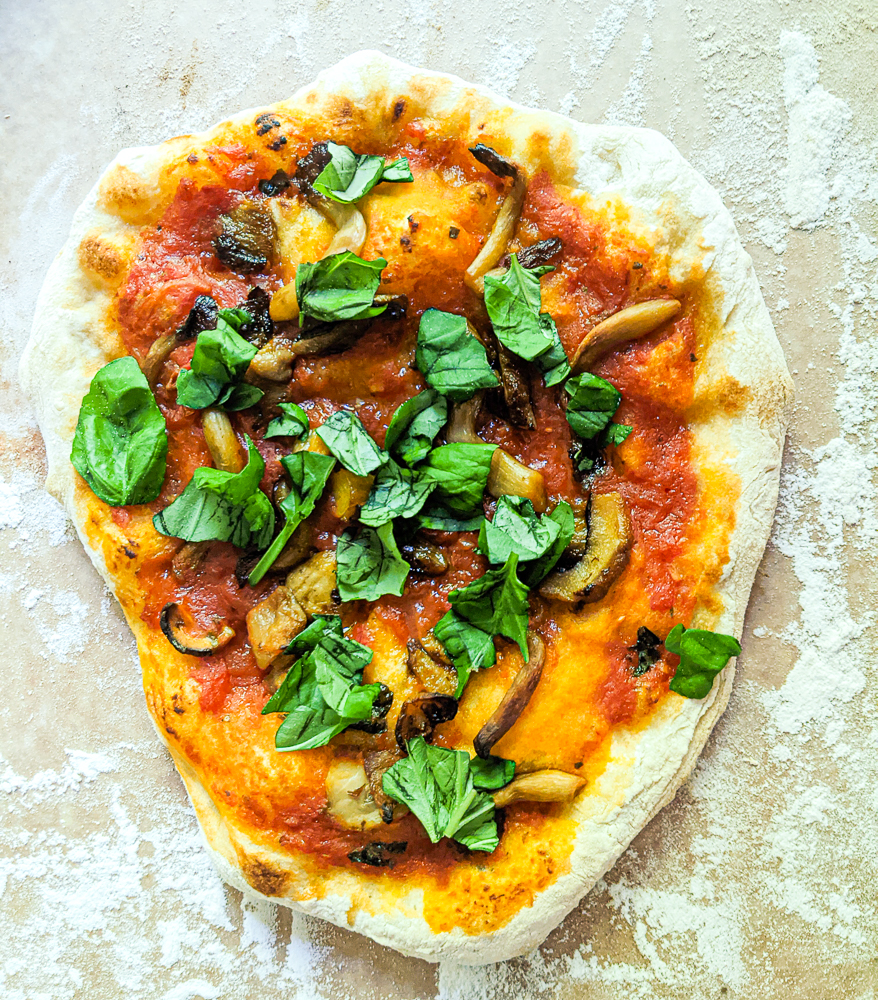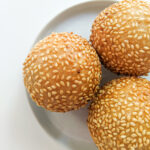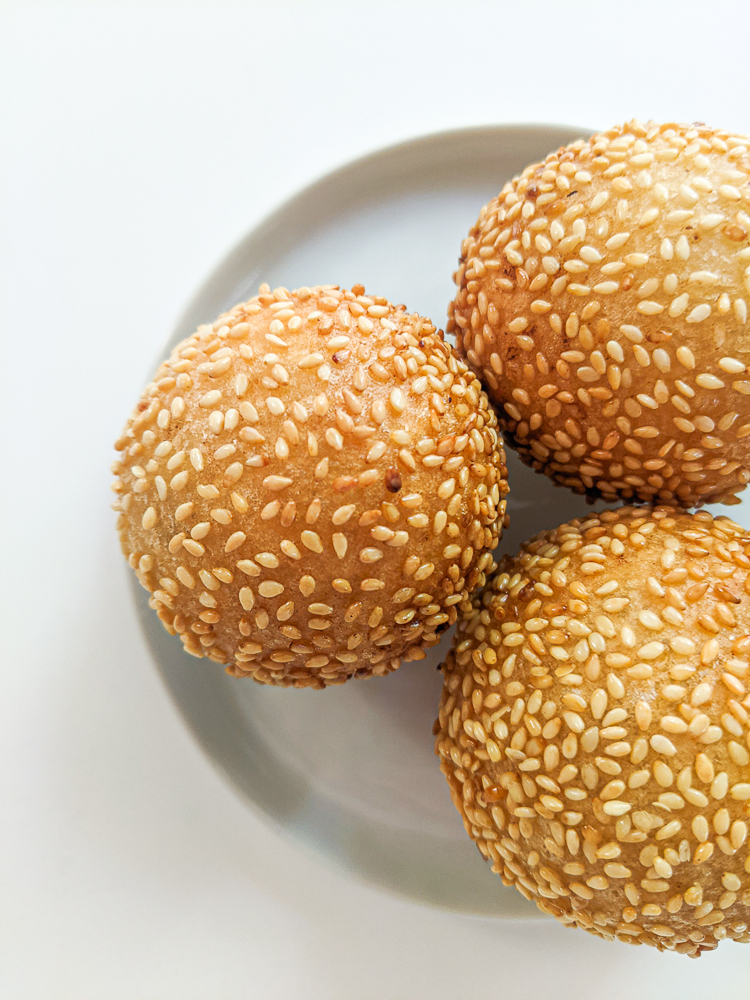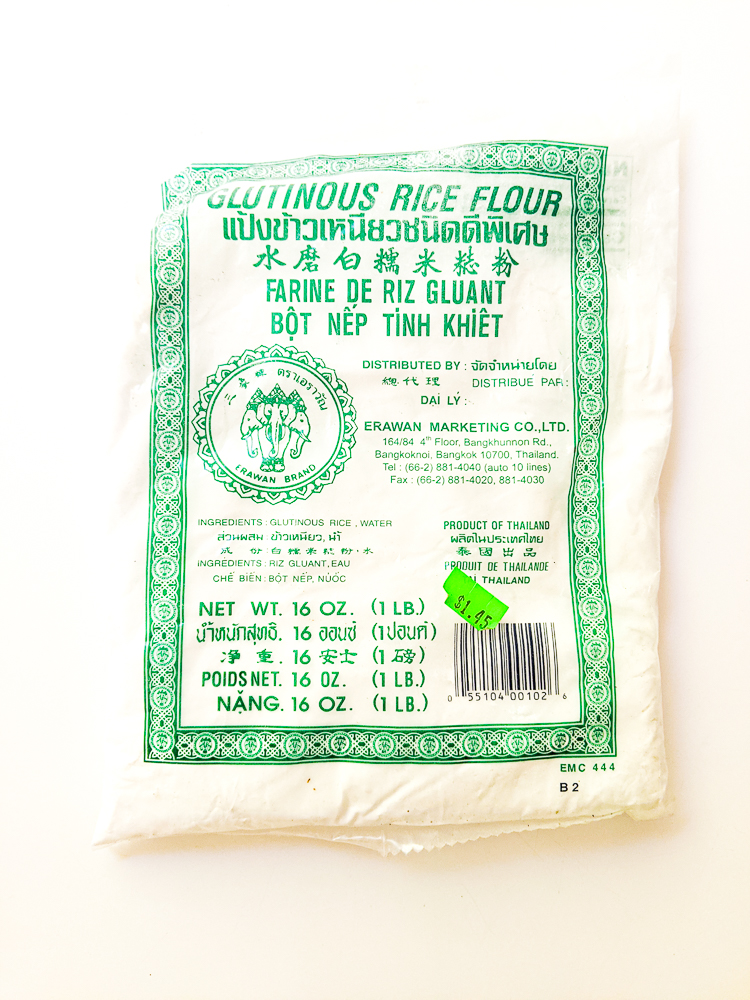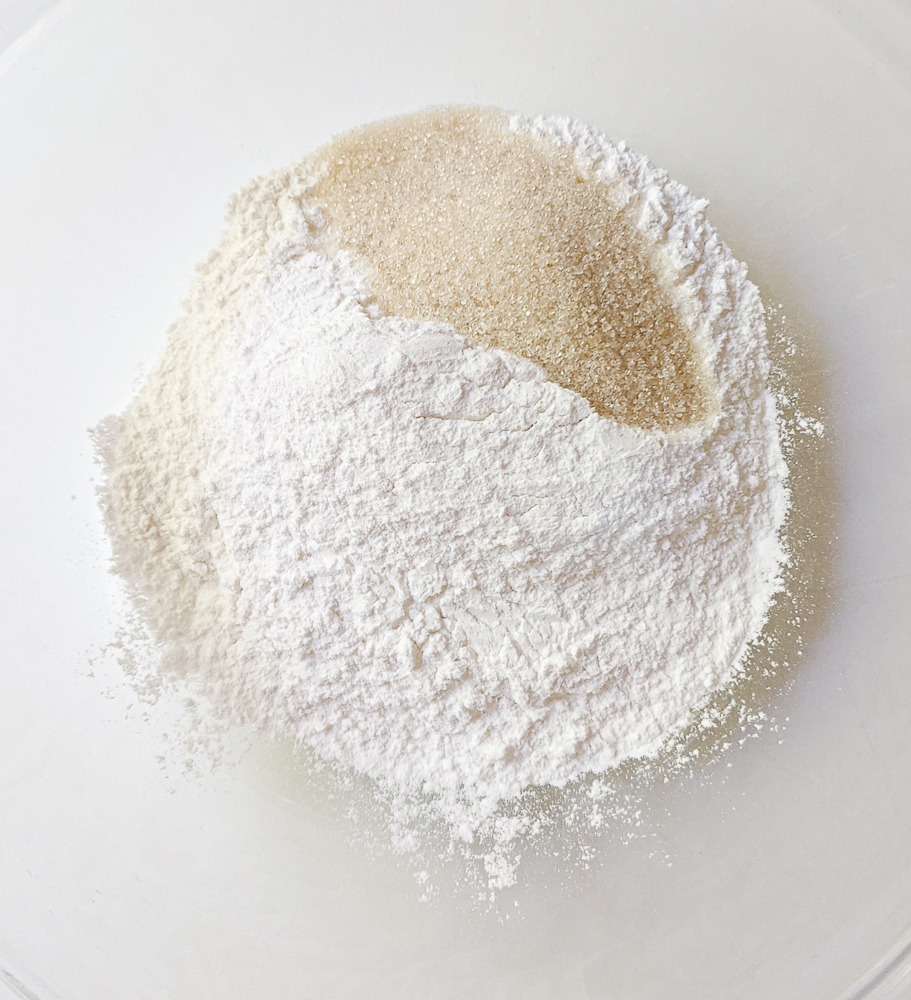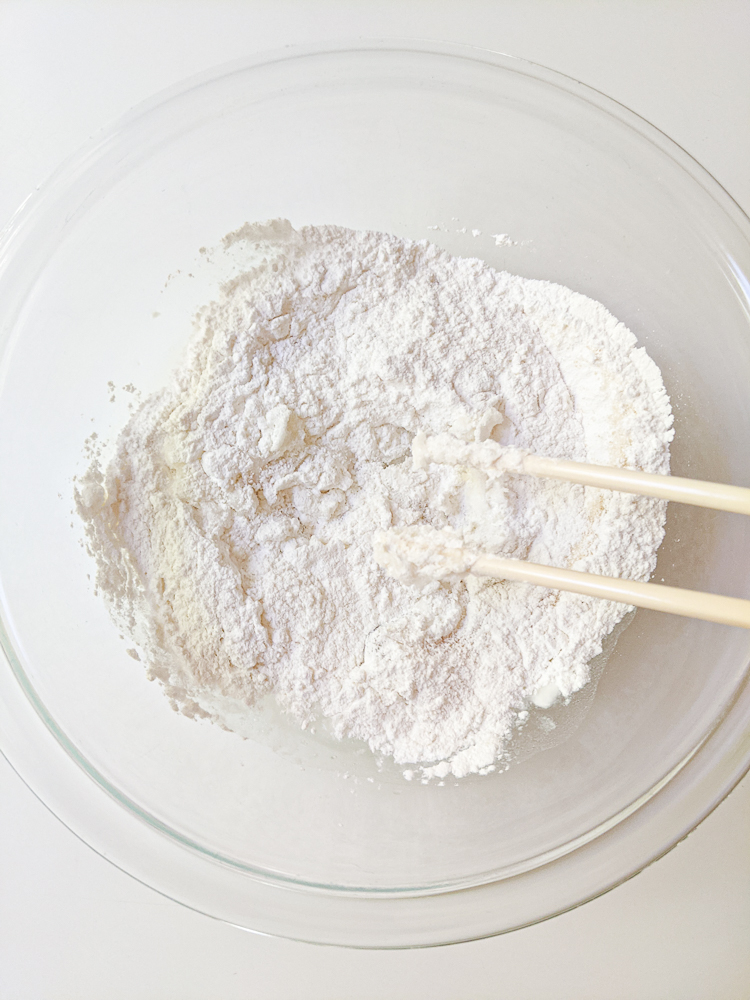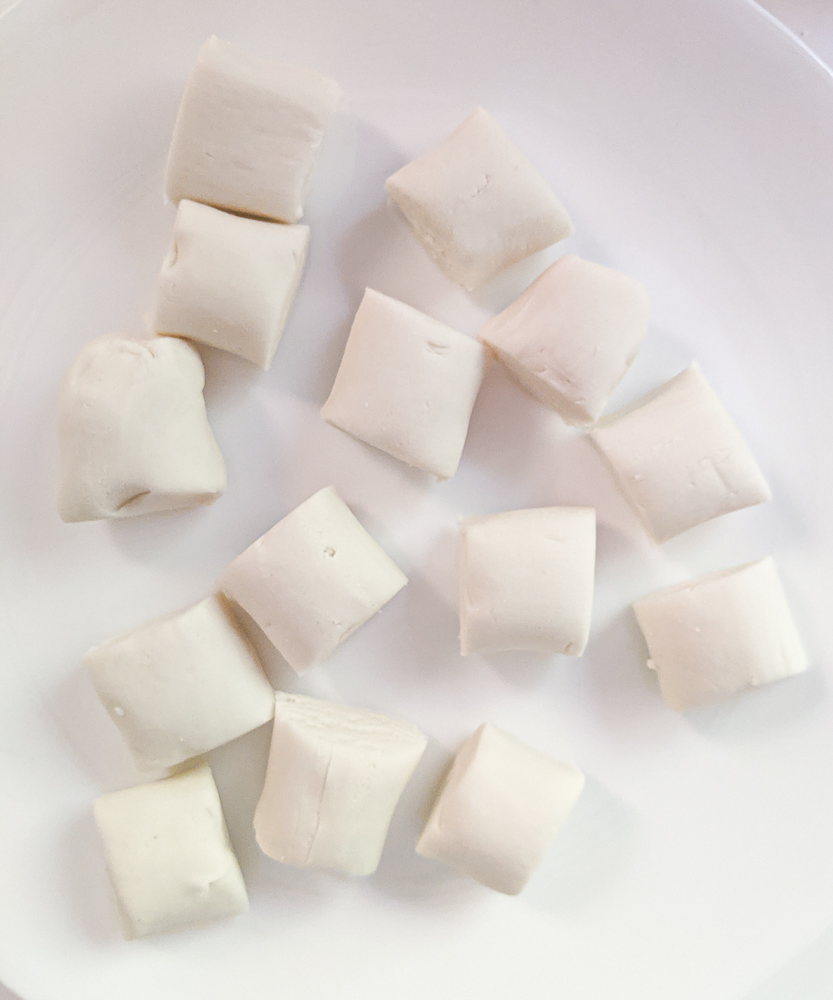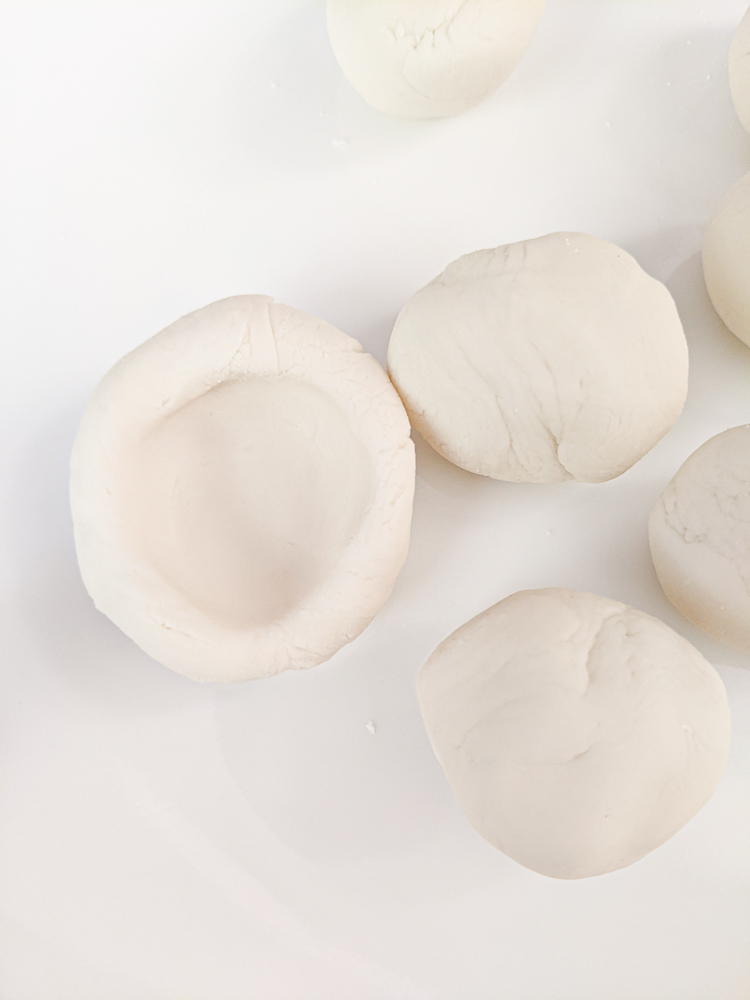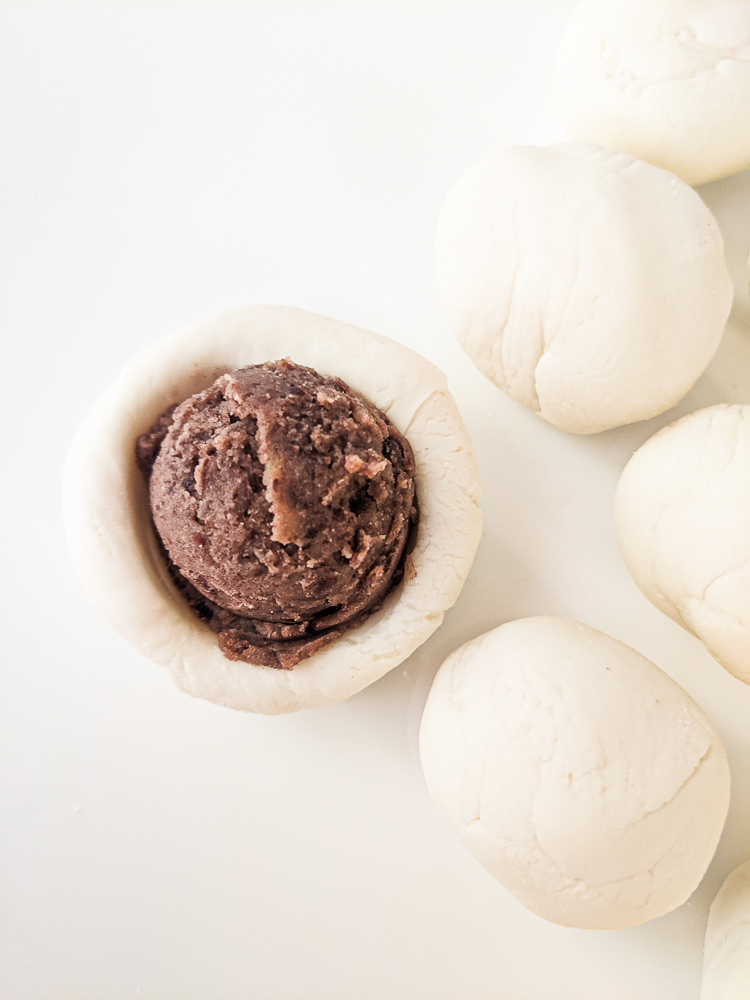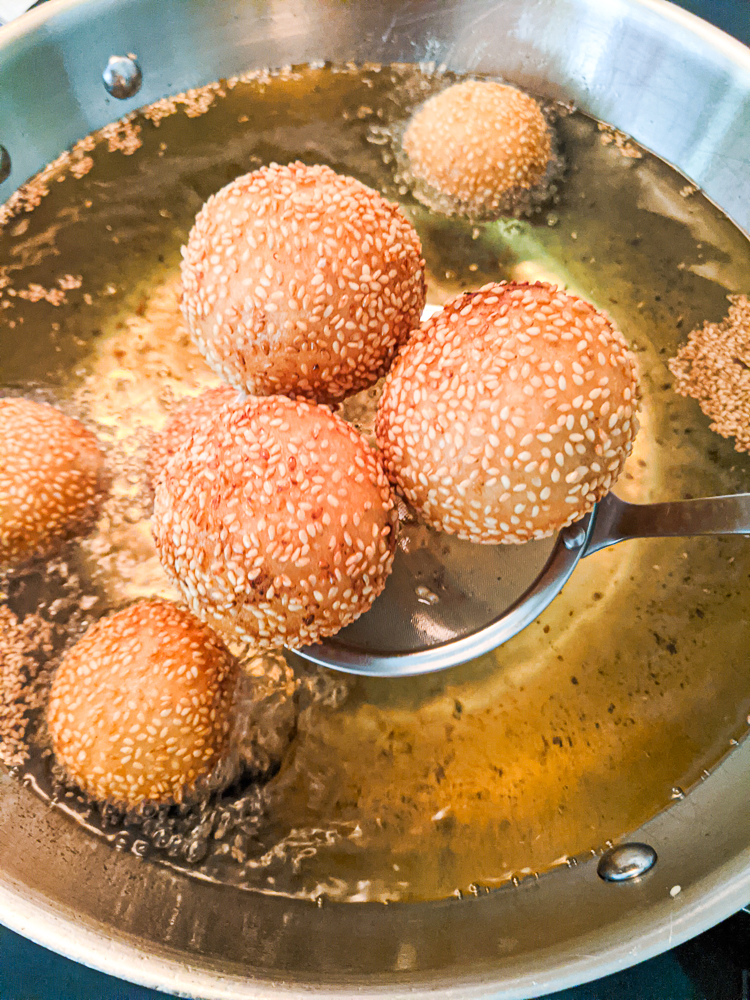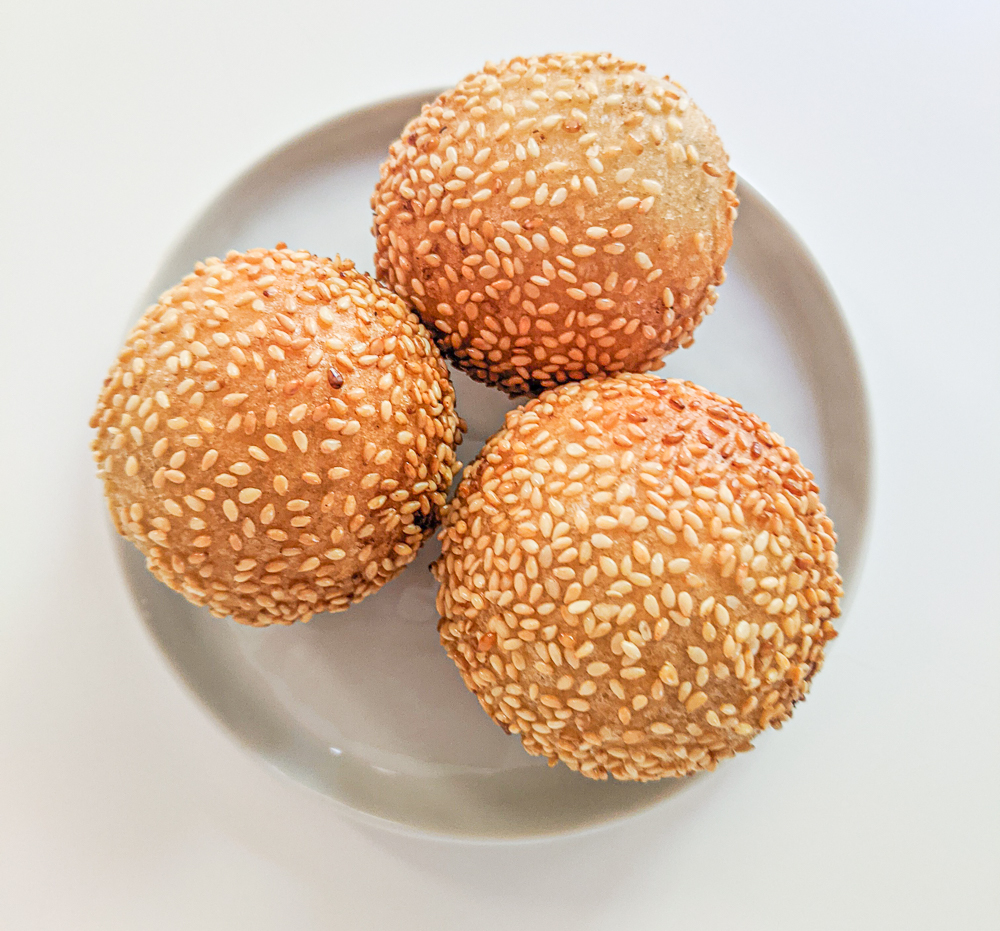Affiliate Disclosure: As an Amazon Associate, I earn from qualifying purchases. Thank you for supporting Bakeroise.

Hi! Apologies for the unintentional hiatus. After almost a very hectic month of family visits, multiple broken and dying home appliances, a stolen city compost bin, another heat wave and then bad air due to forest fires, I obviously had to prioritize and focusing on getting my ducks in row at home along with our safety obviously won out over everything. But now I’m back with a vegan Mongolian beef inspired soy curls recipe to share! And no, this obviously isn’t a part of my 12 Months of Dim Sum Project. And for full disclosure, this recipe isn’t an attempt for it to be “authentically Taiwanese” but instead trying to somewhat replicate a dish I’ve had for decades, largely because of some of the best memories I had as a kid.
I’ve been eating Mongolian beef since I was a kid at my favorite American Chinese restaurant in Alameda, CA called China House – (RIP!). Despite being fortunate to patronize more “authentic” Chinese restaurants in Oakland’s Chinatown due to our location, we also had humble taste and would eat at different types of eateries – which brought us to our favorite American Chinese restaurant, China House. We went there regularly until my grandfather passed way and my visits to that restaurant became more and more sporadic…until one day I finally upped and moved away – to Portland, my current home for the past decade.
Mongolian beef was the dish that every family member (especially my grandpa and I) could agree was palatable. There was something about the perfectly cooked beef that was coated not-too-sweet and not-too-syrupy sauce paired with steaming white rice that makes it the perfect comfort food. OMG don’t even get me started on how much white rice my family ate. Filipinos, man. But of course now that I’m vegan, I have to share my vegan Mongolian beef inspired soy curls recipe.
This vegan Mongolian beef inspired soy curls recipe centers around soy curls of course and uses less common ingredients like ground Sichuan peppercorn and Sichuan pepper flakes.
It’s a rather simple process. I look over and snap any super long soy curls in half if needed. I try to keep the strips 3-4 inches long. Then I dehydrate the soy curls in a large bowl by covering and soaking them in water for 10 minutes.
While I’m letting the soy curls dehydrate, I gather my ingredients. I use scallions too and cut the white parts into thin slices and the green parts into diagonal 3-inch long strips.

When the soy curls are done rehydrating, I drain them using a large kitchen sieve and let them sit for another few minutes or until I’m done gathering the rest of the ingredients if I hadn’t finished yet.
In a medium bowl, I mix together my sauce ingredients: soy sauce, water, brown sugar and Sichuan pepper flakes.

In a small bowl, I mix together my soy curl coating ingredients: cornstarch, kosher salt, ground Sichuan peppercorn.

Then I take my drained soy curls and start drying removing any excess water by wringing them out using a cheesecloth or kitchen towel. I do this to make the cornstarch stick to eachs soy curl better.
To coat them, I put them in food container that’s at least 8 cups in capacity and add cornstarch. I then shake everything and make sure each piece is coated with cornstarch. It’s similar to how I coat my tofu in my crispy golden fried tofu recipe but I can actually afford to take a little more since the soy curls are more sturdy.

We bring a cast iron pan to medium heat and add ¼ cup of vegetable oil. When that is hot, we add our ginger, garlic, and the thinly sliced white parts of the bulb.

We cook for a few minutes until aromatic and we don’t let anything get brown as we’re still going to cook it with the sauce. When it’s aromatic, we add the sauce and let it cook a thicken.
Once the sauce is thicken, we turn up the heat to medium high add our coated soy curls and diagonally cut green onions and cook until each soy curl is coated with the thick sauce for a few minutes. Then we turn the eat back down to medium heat for another few minutes and then we’re done.

We can add toasted sesame seeds for garnish. I love toasted sesame seeds. Then we serve with rice.

If you want to make it even more colorful, you can add thinly sliced red peppers on top but I like to keep it simple. Hope you enjoy this recipe the way my loved ones do!
PrintVegan Mongolian Beef Inspired Soy Curls
Vegan Mongolian Beef Inspired Soy Curls recipe that takes only 30 minutes to make
- Prep Time: 15
- Cook Time: 15
- Total Time: 30
- Yield: 4 servings 1x
- Category: Dinenr
- Cuisine: Taiwanese
- Diet: Vegan
Ingredients
- 8 ounces of soy curls, snapped in half if more than 4 inches long
- ¼ cup of vegetable oil
- 4 cloves of garlic, crushed and roughly chopped
- 1 inch ginger, unpeeled and roughly chopped
- 4 Green onions
Sauce:
- ½ cup light soy sauce
- ½ cup water
- ½ cup dark brown sugar
- ½ teaspoon sichuan pepper flakes
Coating:
- 1 teaspoon Sichuan ground peppercorn to taste
- 1 teaspoon kosher salt to taste
- ¼ cup cornstarch
Garnish:
- Toasted sesame seeds for garnish
Instructions
- Rehydrate the dehydrated soy curls in a large bowl by covering them with water in a large bowl for 10 minutes.
- While that’s happening, rinse and dry all the vegetables that need rinsing if you haven’t done so and cut the green onions – white parts into thin slices and green parts diagonally into 3-inch long strips.
- When the soy curls are done soaking, drain using a large kitchen sieve and let drain while you finish prepping anymore ingredients you didn’t get to do.
- In a medium bowl, mix together the sauce ingredients: the dark brown sugar, light soy sauce, water and Sichuan pepper flakes.
- In a small bowl, mix together the coating ingredients: cornstarch, ground Sichuan peppercorn and kosher salt.
- Use a large cheese cloth or kitchen towel to wring out the excess water from the soy curls.
- In a large food container you can seal, add the soy curls and the cornstarch coating. Shake it up.
- Bring a large cast iron pan to medium heat and add the ¼ cup of vegetable oil. When hot, add the chopped ginger, garlic and the thinly sliced white parts of the scallions for about 2-3 minutes. Do not let anything turn brown as we will cook it more.
- When aromatic, add the sauce and cook for a few minutes on medium high (just a *little* above medium) for about 2-3 minutes until it’s slightly reduced and thickens a little. Make sure to stir especially if it bubbles up as to not burn the sauce. Don’t let it start to smoke. Once it reduces a little and thickens, add the soy curls and the diagonally cut green parts of the green onions and cook for another 3-4 minutes.
- Turn down the heat to medium and let the soy curls cook more as the sauce thickens even more about 3-4 minutes.
- Then one last time, turn heat up to medium high (for real this time), to char some of the soy curls if possible without burning the sauce for a literal hot minute. Use up to a few table spoons of water if needed to deglaze. Just make sure to season to taste with salt if you do this.
- Once all the soy curls are coated and you have a nice golden exterior, you are done! Sprinkly with toasted sesame seeds to garnish and serve.
Equipment
 Buy Now →
Buy Now →
Notes
- To reheat, best if refried in some vegetable oil in a cast iron. Last resort, just heat up in microwave for 30-45 seconds depending on power of microwave.















